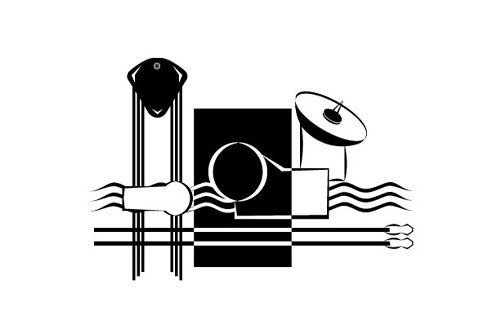
Marine Construction
Crane Vessels
1999
In 1949, the J. Ray McDermott Co. built Derrick Barge Four equipped with a 150-ton revolving crane. The appearance of this vessel effectively ended the piece-by-piece construction practice offshore. Both jackets and decks could be built as modules and transported offshore to be set in place by the high-capacity cranes. The increased crane capacity coupled with bigger pile hammers allowed offshore structures to be supported by fewer, but larger, piles. In 1953, McDermott introduced a 250-ton capacity derrick barge. Brown & Root followed with the Herman B (250-ton gantry crane) and L.T. Bolin (300-ton hammerhead crane). North Sea activity spurred another evolution in floating crane design leading to huge semisubmersible derrick barges with lift capacities in excess of 10,000 tons.
Recognizing the pioneering efforts of the following people and companies who contributed to the development of this technology:
Roger Wilson, Charley Graves, Nelson Crews, and Lou Stewart, Frank Motley Ferd Hauber. Brown & Root International (Halliburton), J. Ray McDermott Company




